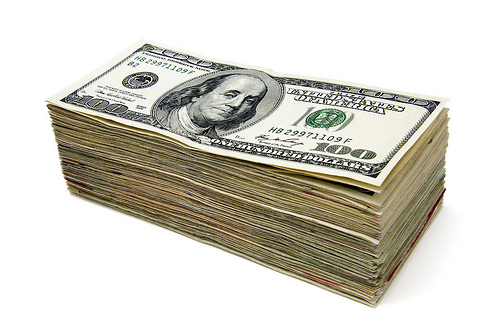Led Lighting
There have always been compelling environmental and financial reasons not to waste energy, but with electricity bills rising and green policies becoming more central, re-thinking energy use in the home is vital.
In winter, households often have the lights on for many hours during the day, which can make lighting an important part of everyday electricity use. In addition, many homes have more lights installed in them than in the past, particularly in bathrooms and kitchens, where high-output spotlights have become increasingly popular. More people are working from home, which is another reason why lights tend to be left on for longer in domestic properties than perhaps was the case a decade or two ago. To illuminate the point, one light bulb manufacturer estimates that lighting accounts for 19% of global electricity usage.
The benefits of new lighting technology
Advances in technology mean that you can now reduce the amount of electricity used for lighting not just by switching off the lights but by using more environmentally-friendly bulbs that consume less energy.
Many people will have heard of LED lighting without really understanding what it is. The initials stand for Light Emitting Diode. These bulbs can provide more than 20,000 hours of illumination based on average usage of three hours a day. This is a vast improvement on the shelf life on an ordinary bulb, which is typically estimated to last anywhere between 1,000 and 2,000 hours. It also means less waste, with fewer bulbs heading to landfill.
Perhaps of greater importance, incandescent light bulbs are very inefficient, with as much as 98% of the energy used as heat instead of light. A 9-watt LED bulb is the equivalent of a 65-watt incandescent bulb a significant difference indeed!
Design, performance and cost
When you are shopping for LED bulbs at MHA Lighting remember that, although these bulbs do cost more, because they last longer the upfront costs are easily recouped. The Energy Saving Trust states that fitting one energy saving bulb will shave an average of 3 off your electricity bill every year. If you multiply that by the number of light bulbs you have in your home, it’s easy to see just how much you could save. Swapping 10 bulbs also saves 110kg of carbon dioxide, so you really are helping the planet as well as your wallet.
Of course, the old image of energy-saving bulbs wasn’t great, but LED lights now provide great quality light and features. Some are available with dimmer-switch options and all provide instant light instead of taking ages to warm up. The bulbs are made in clear and opaque finishes and have an energy rating of A.
LED light bulbs also look like ordinary shaped bulbs, so you don’t have to compromise on design as there are no long spiral bulbs poking out of your shades. In addition, they are cool to touch. If you use halogen spot lights anywhere in your house, you will be pleased to note that these too now come in LED versions. While standard halogens blow regularly and need replacing, the LED spot lights are designed to last for years.
Post submitted by Zoe, a lifestyle blogger who loves to share tips and advice with others. You can tweet your thoughts on this article to @bloggingstyle!












